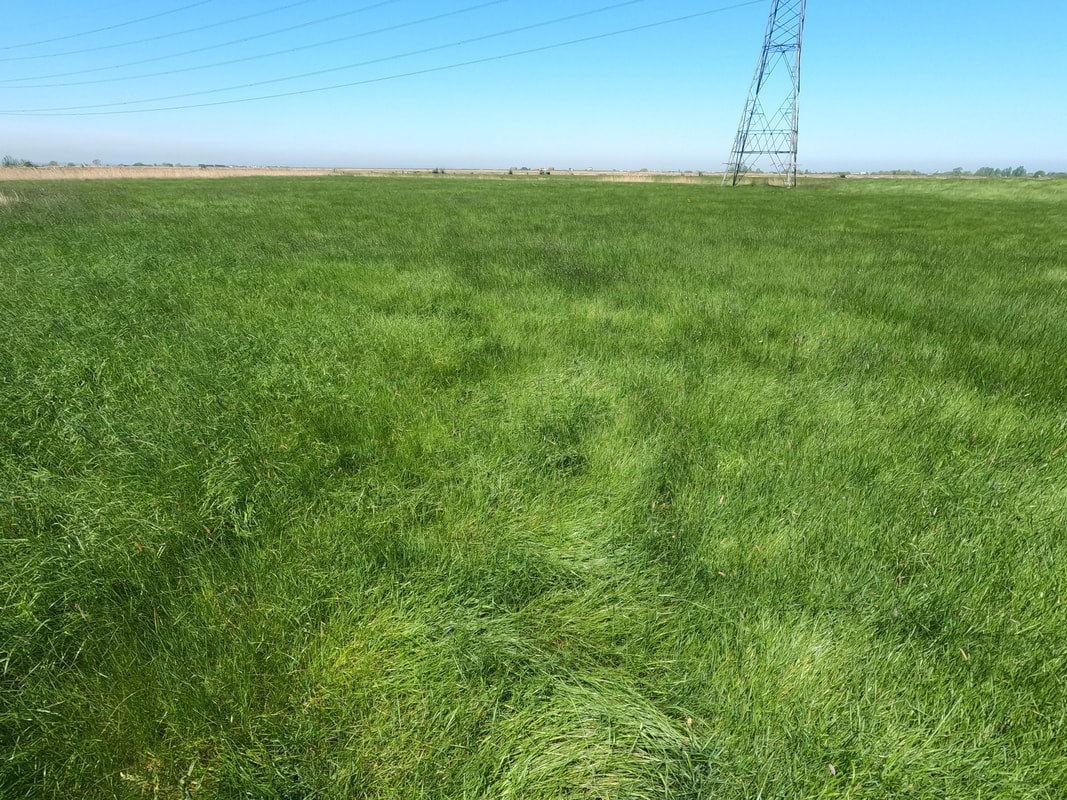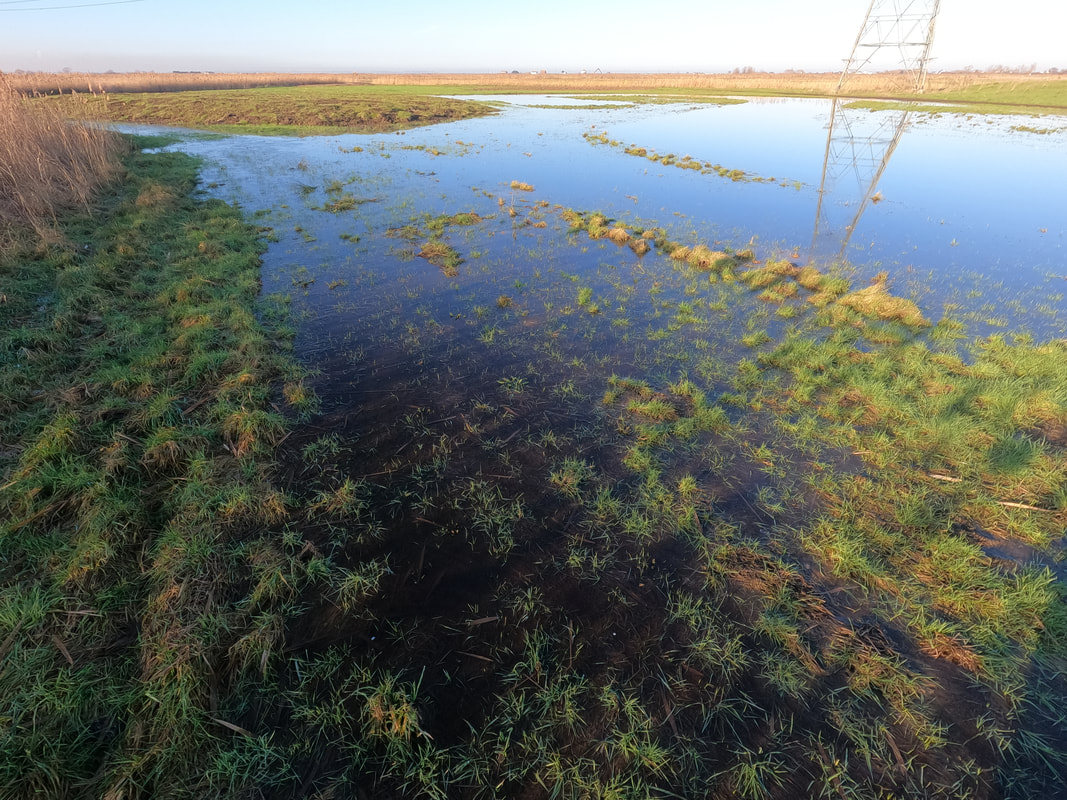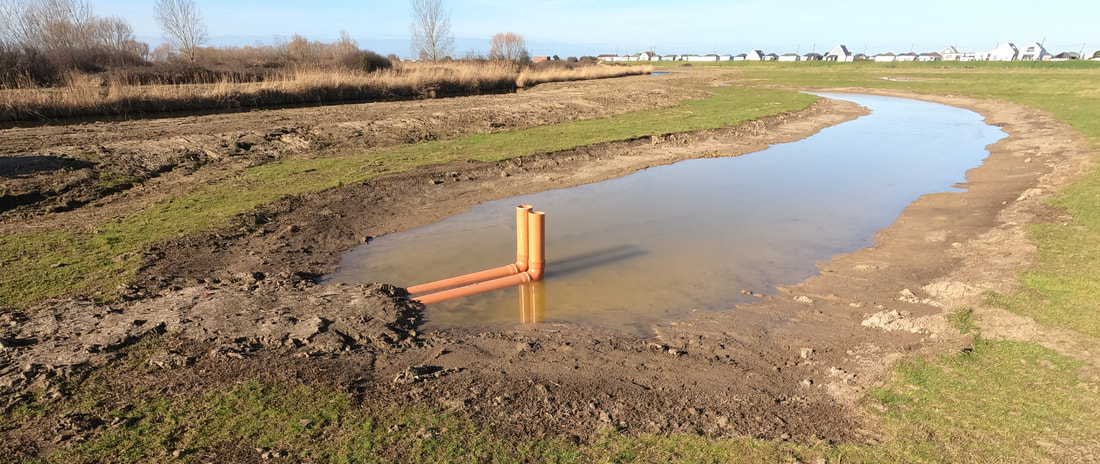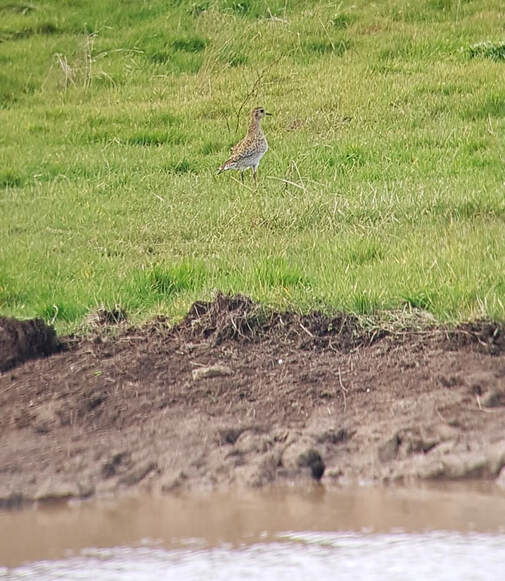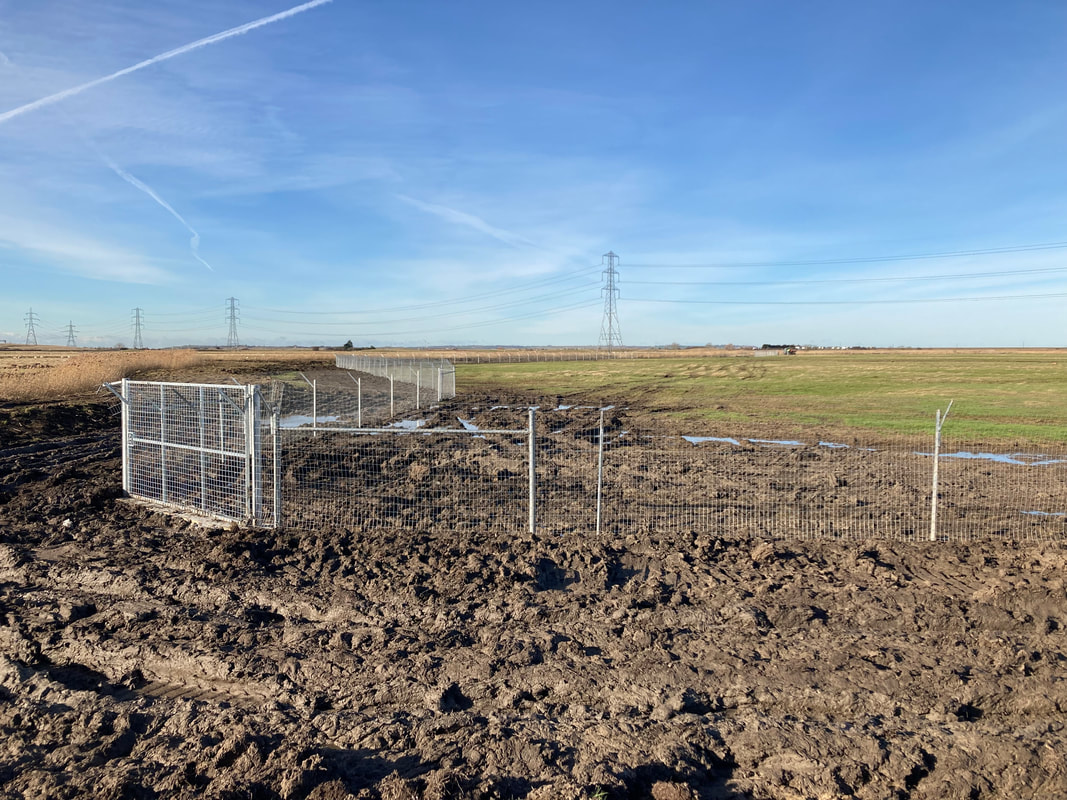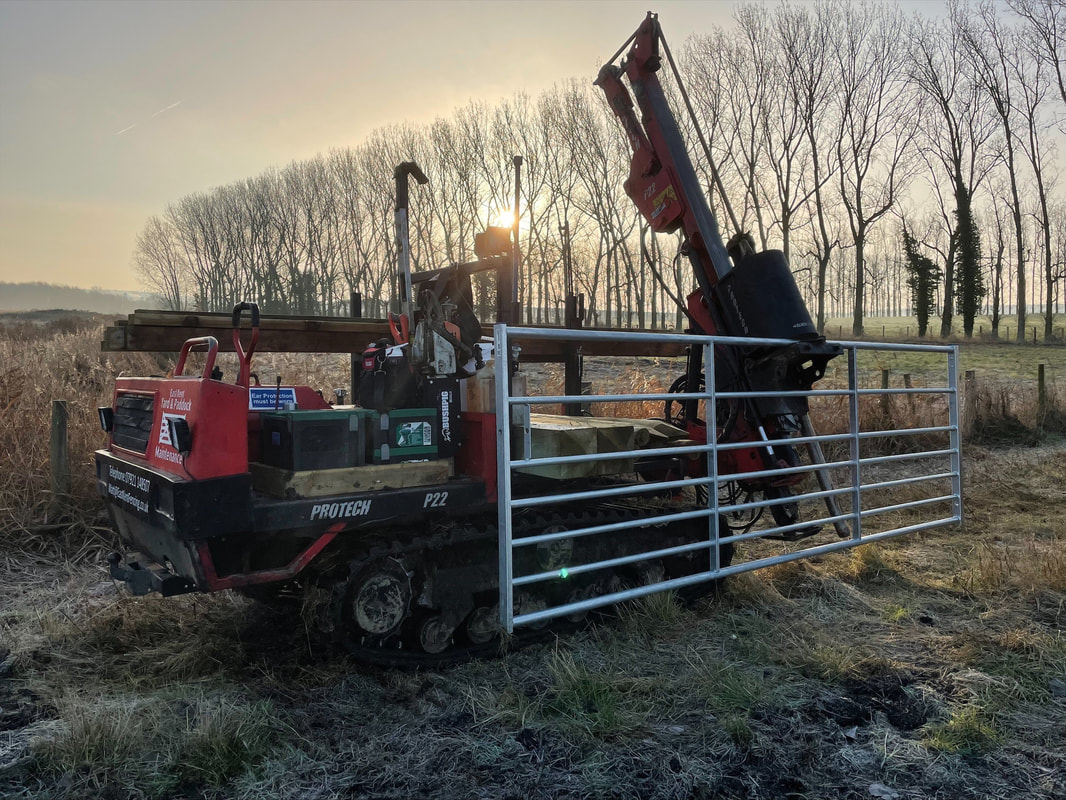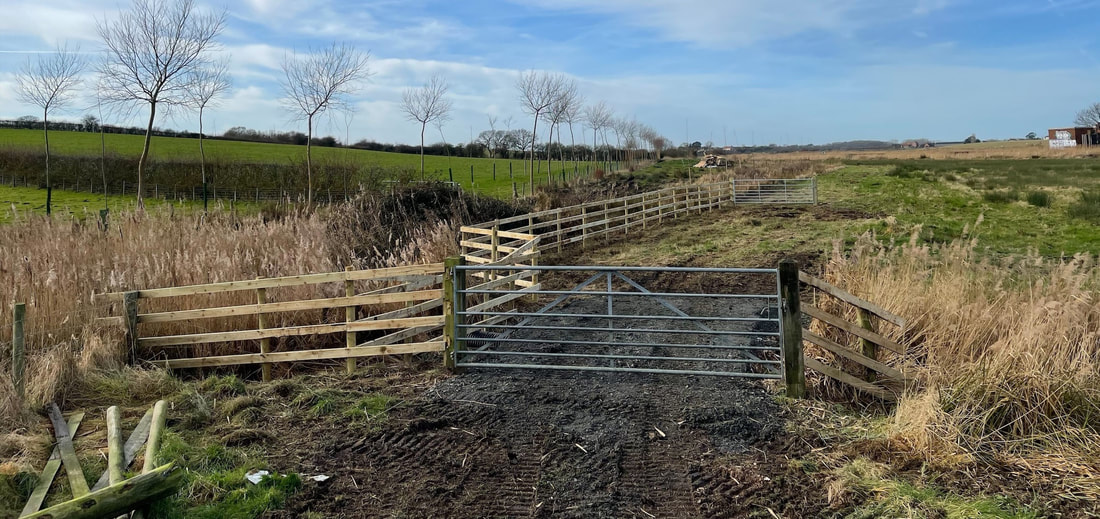|
By Audrey Jost - Assistant Warden at RSPB Seasalter Levels Works are coming to an end at Seasalter Levels. Machines are slowly leaving the site whilst rills and scrapes fill up with water, making the landscape unrecognisable from 6 months ago. Five hydrological units have been created, where water levels will be controlled by mechanical pumps that extract water from the surrounding ditch network and disperse it into the fields in order to provide the right habitat conditions for breeding waders. The changes in the landscape provided immediate results wildlife-wise. Lapwings are now a regular sighting across the site, with a flock of 142 observed during the last wetland bird survey. Redshank, wigeon, curlew, green sandpiper, teal and shoveler are further examples of recently seen species. We even spotted a juvenile golden plover! As most breeding wetland birds are ground nesters, they are very vulnerable to predation, notably by foxes. In order to boost the fledgling rate of youngs, we installed a 1.8 kilometre long anti-predator fence on part of the reserve. The fence is buried in the ground and cranked towards the outside at the top to prevent predators from digging and climbing respectively. In addition to the anti-predator fence, the infrastructure and associated fencing installation to allow cattle grazing of the site is in progress and is due to be completed by March 2022. We also increased the number of corrals from 1 to 4, which will help with cattle movement across the site. As the project is wrapping up, it is giving way to a time of recovery and monitoring. It has been an intense year for the reserve and it will take a few more years for it to fully reach its potential. A huge thank you to our funders, the reserve team and the contractors for making this project a reality!
0 Comments
|
Archives
April 2024
Categories
All
Photo credits: Oystercatcher by Katie Nethercoat (rspb-images.com)
LOTE Logo credits: Saskia Wischnewski |

